

 (ማስታወቂያ)
(ማስታወቂያ)
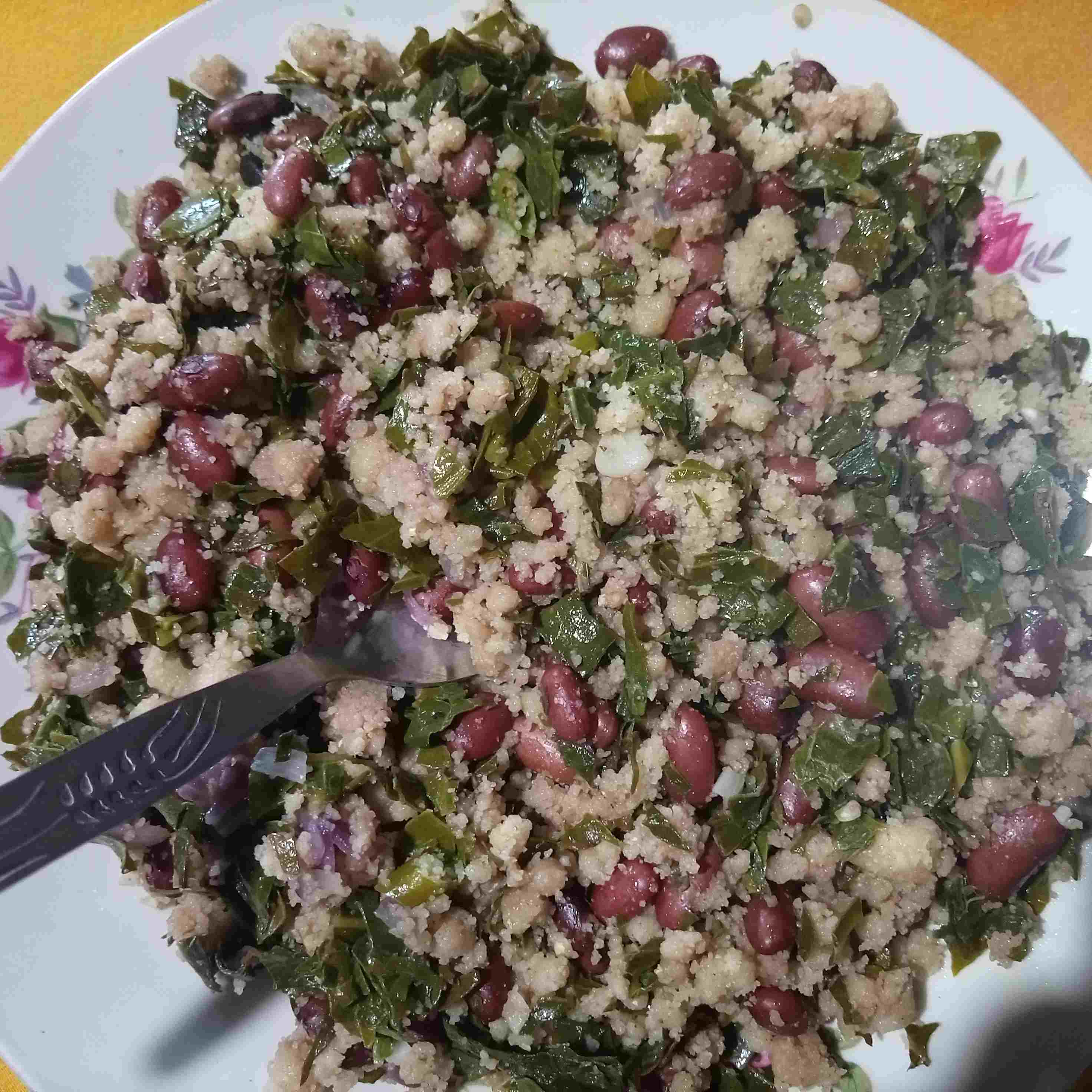
Being a land where peoples with various beliefs and cultural practices live together, Ethiopia is a land of many unexplored treasures in different aspects. I believe our traditional meals, as are called “Cuisines” are one of the incredible aspects of Ethiopia that are still waiting for people to explore. That being said, with this article I will introduce you to a delicious cuisine of my area, Gamo zone Arba Minch town, Ethiopia. This cuisine is known by two major names “Fosese” and “Eshkirkir”, it is just a minor difference in the preparation process that separates the two, but they are the same. Fosese is a delicious meal prepared by using cornflour as the main ingredient. It is a frequently consumed food in Arba Minch town as well as a lot of other towns in southern Ethiopia. Not only is it delicious, but it is also relatively affordable and can be prepared for many people all at once, making it a preferred meal by almost everyone. So, To learn how it is prepared, I joined mom in the kitchen today, (Can’t believe she made me promise not to annoy her 🙄 🤣) Anyways, this is how Fosese is prepared . . . Ingredients • Cornflour - (1/2kg) • Chopped Ethiopian Texel green (Kale) – (6 leaves) • Red kidney beans – (1/2kg) • Chopped green pepper – (4 pieces) • Chopped medium-sized onion – (1 head) • Chopped Garlic – (6 clover) • Table salt –(1/2 teaspoon) • Vegetable oil – (130 milliliter)
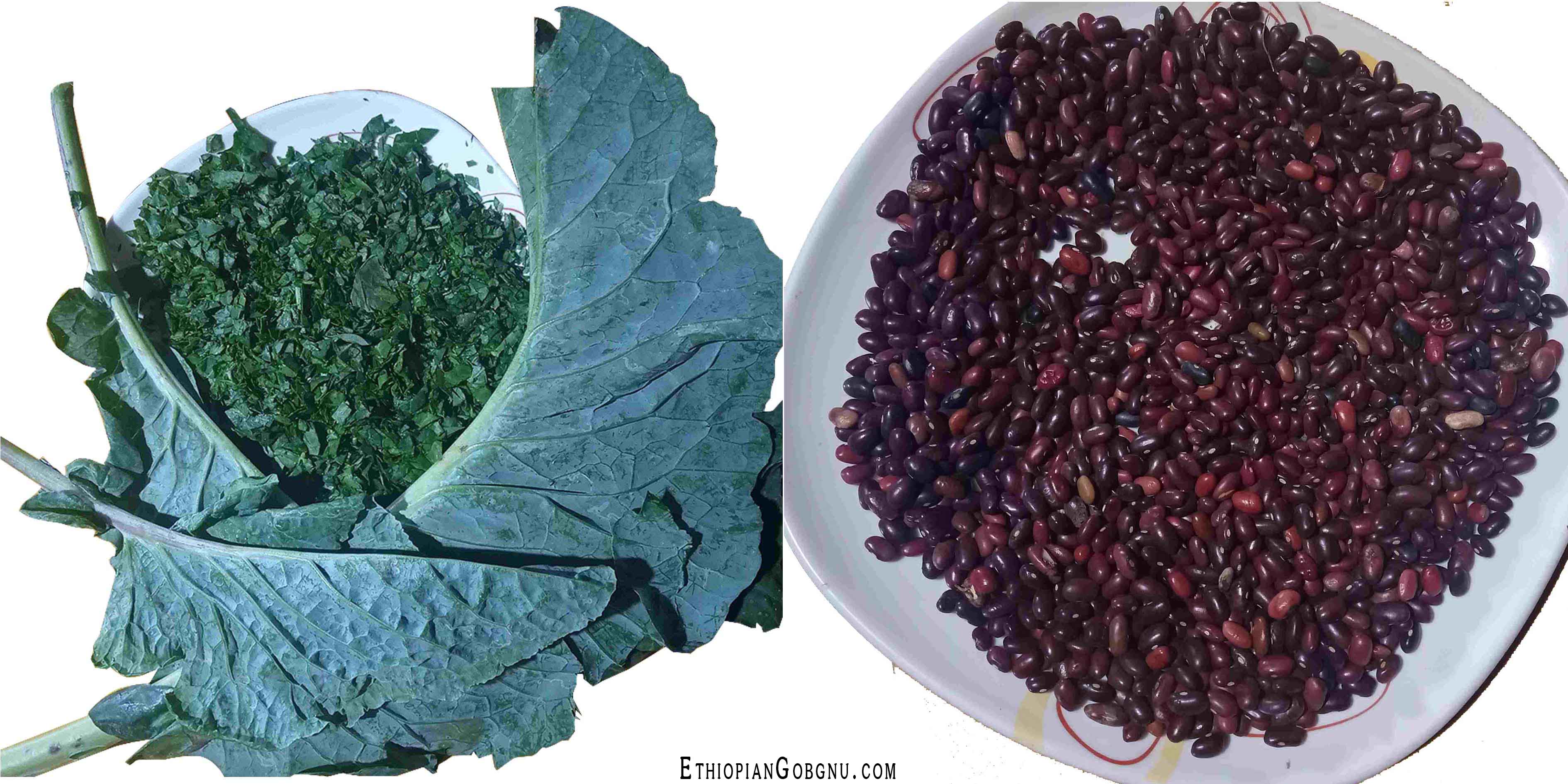
Steps 1. Gradually sprinkle 500 milliliters of water onto the cornflour while mixing it with your hand to make it into tiny balls, as is shown in the image below.
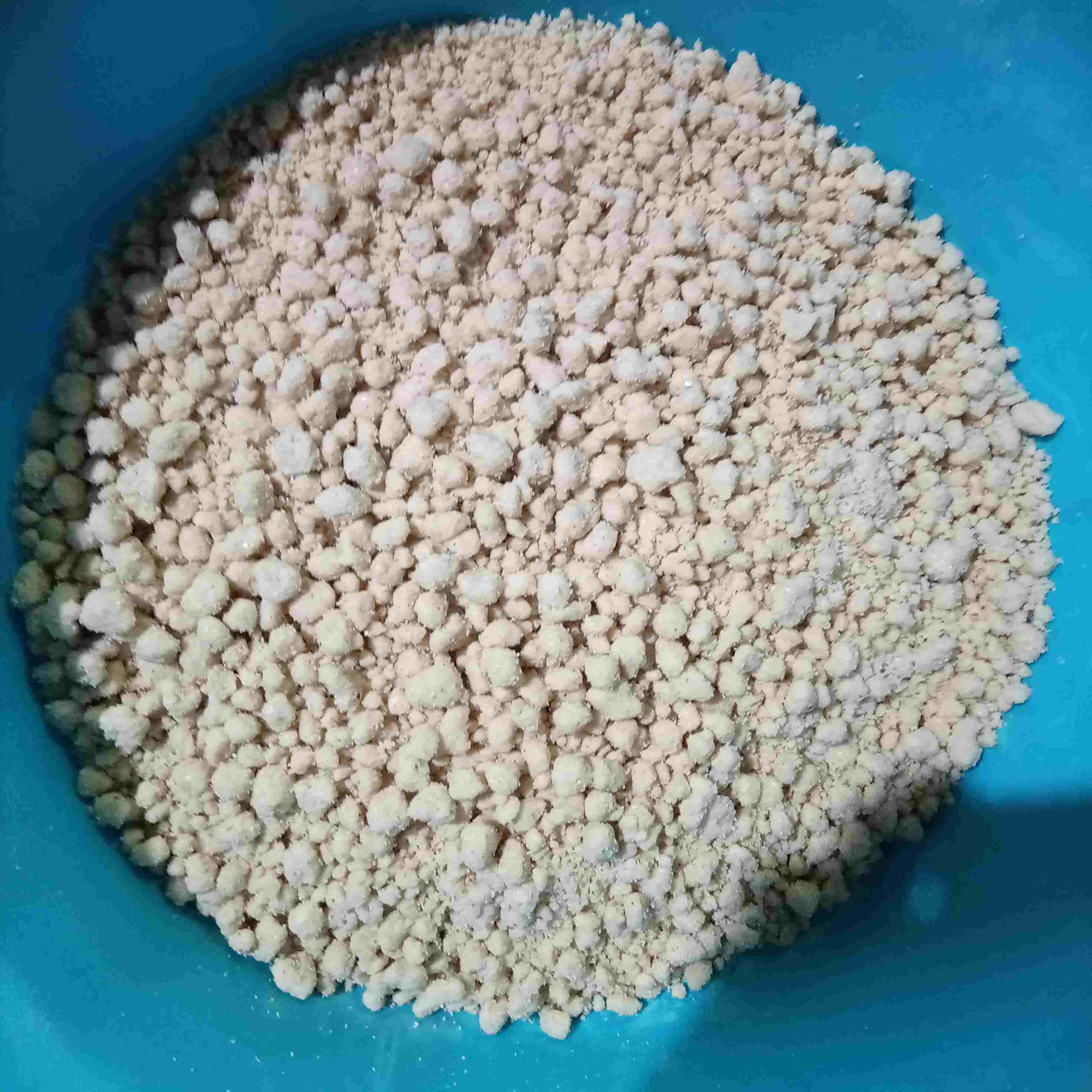
2. Heat 1 liter of water and the kidney beans in a cooking pot. After the water starts boiling wait for 1 minute, sieve out the water, and get rid of it. 3. With a new 1 liter of water, heat the kidney beans again.
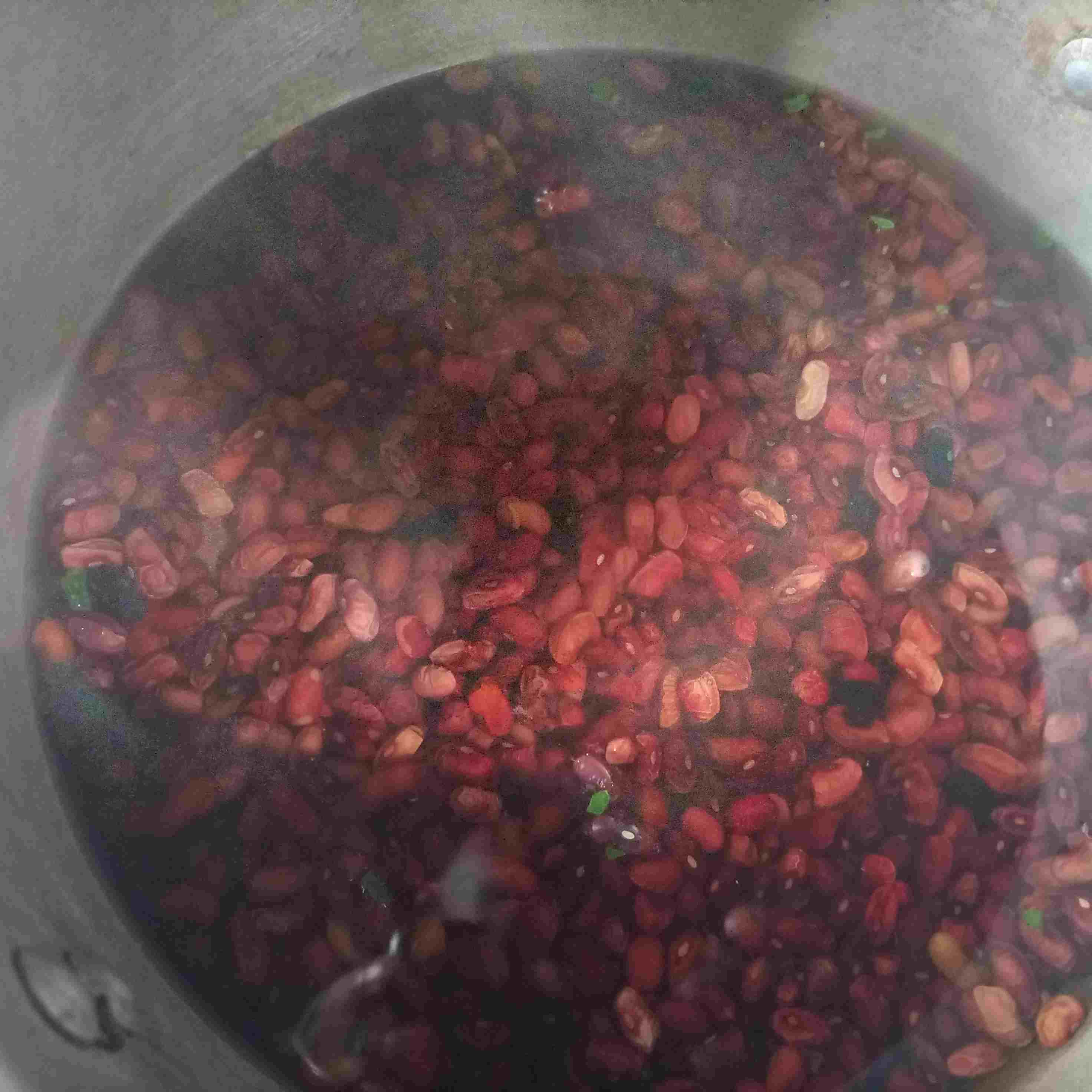
4. Just before the beans get soft (Test by pressing them with a spoon) add the chopped kale.
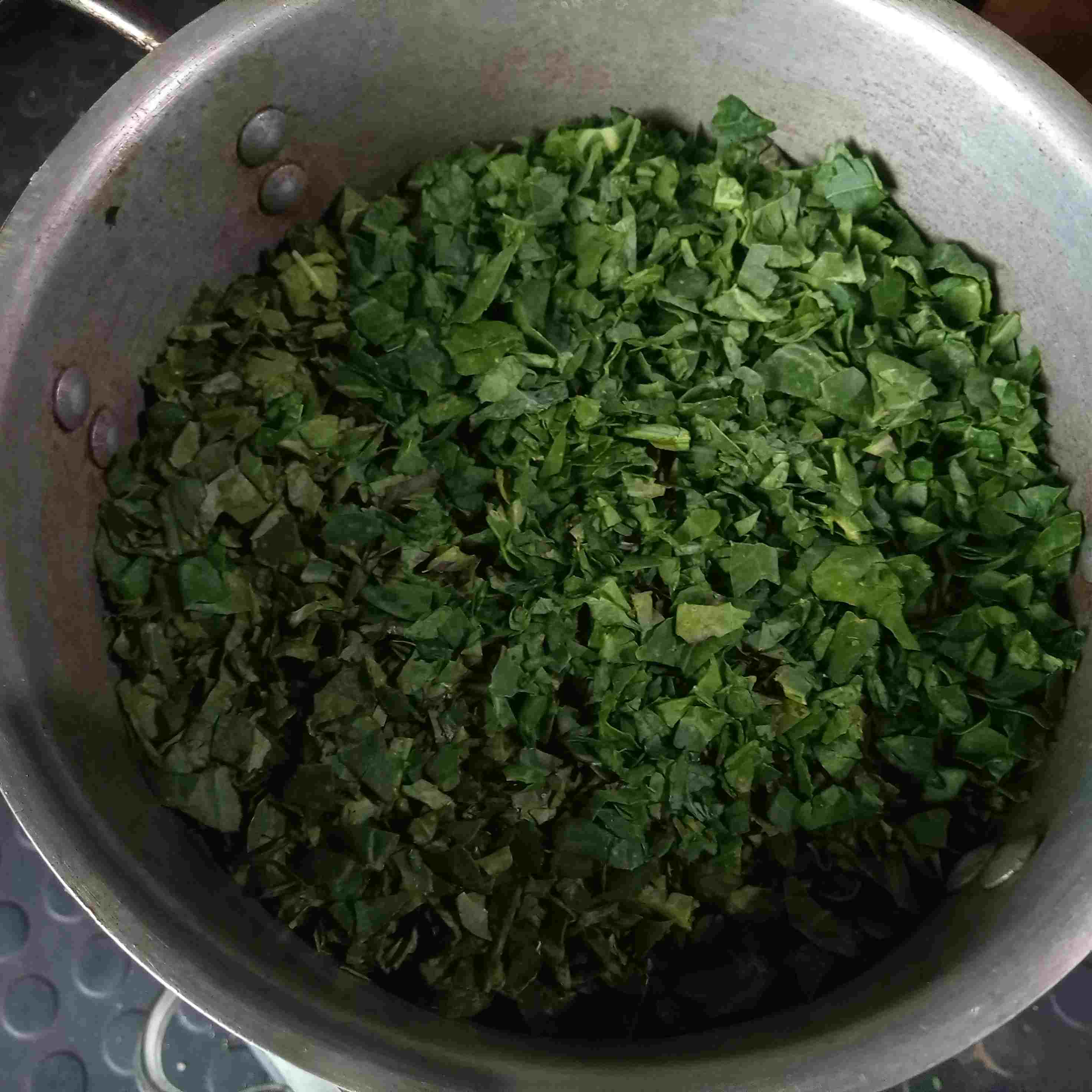
5. After three minutes of cooking the kale take the largest group of cornflour balls made earlier and put them around the edge of the cooking pot and cover the cooking pot tightly. (Remember, the middle should be open, showing the kale)
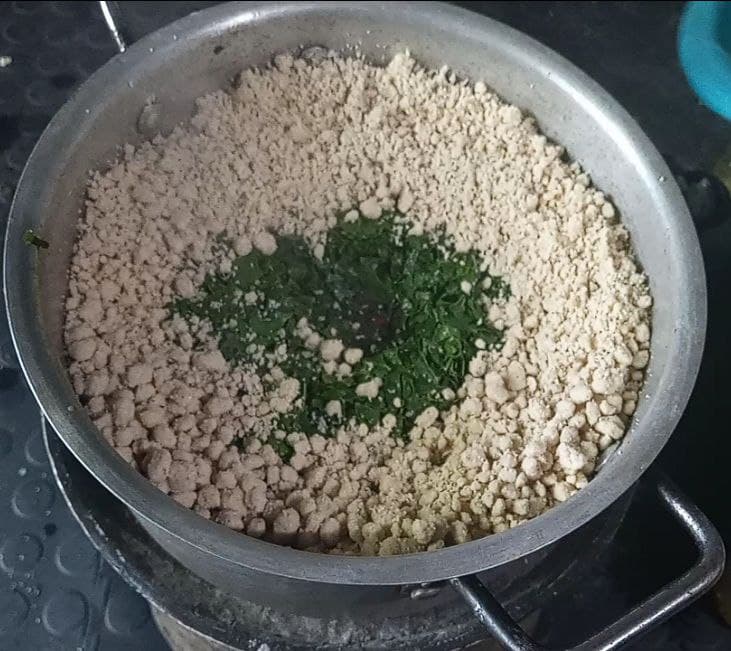
6. After 1 or 2 minutes repeat step 5 with the medium-sized corn flour balls. 7. Now add the garlic, green pepper, onion, vegetable oil, and salt in the middle part, where the kale is visible, and put the finest corn flour balls on top of these ingredients. Then seal the cooking pot tightly and wait 3 minutes.
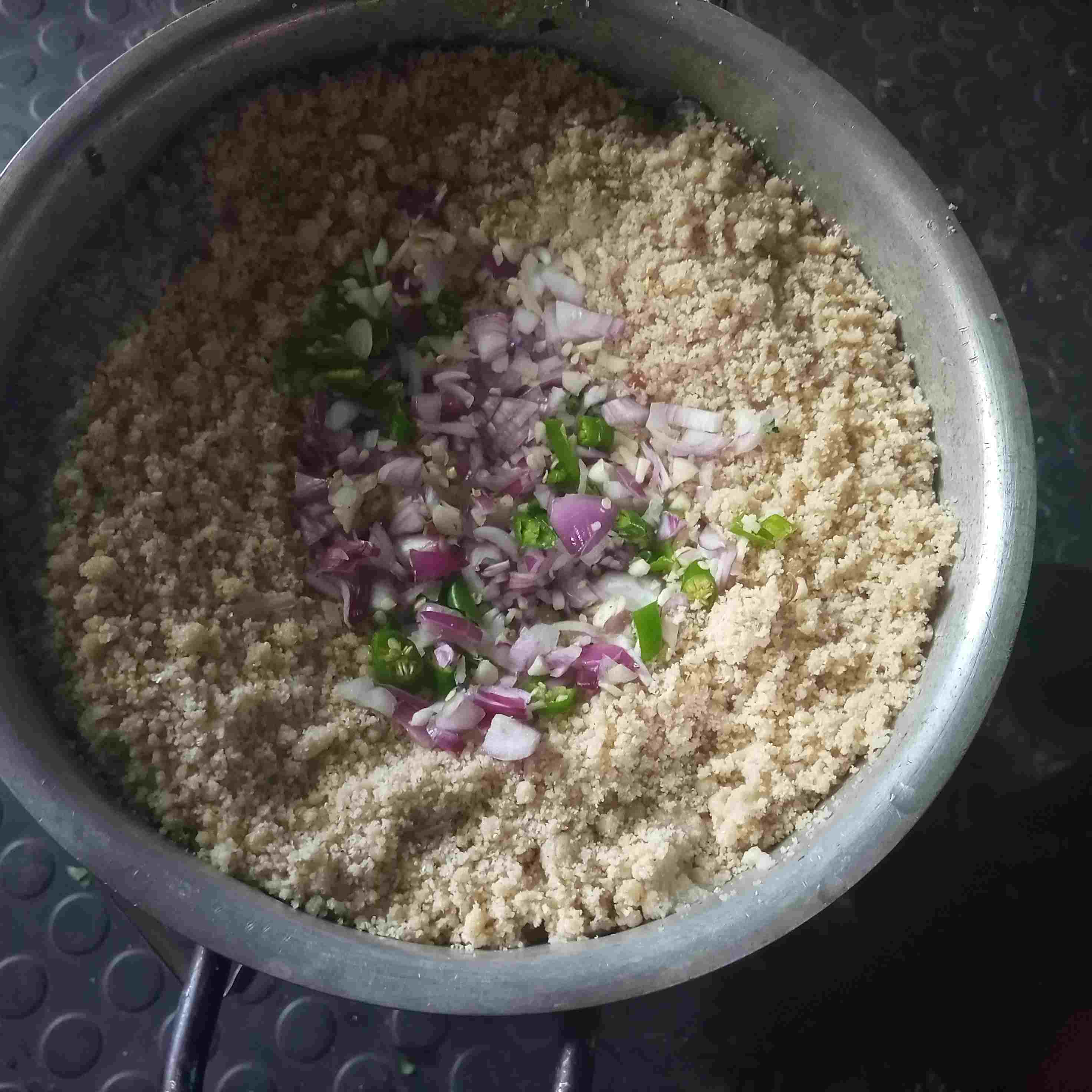
8. By now we have the three main layers stratified: - Kidney beans at the bottom, Kale in the middle, and cornflour on top. Transfer this into another larger pot so that this order can be reversed making the Kidney beans on top and the cornflour at the bottom. Now mix the layers to equally distribute everything.
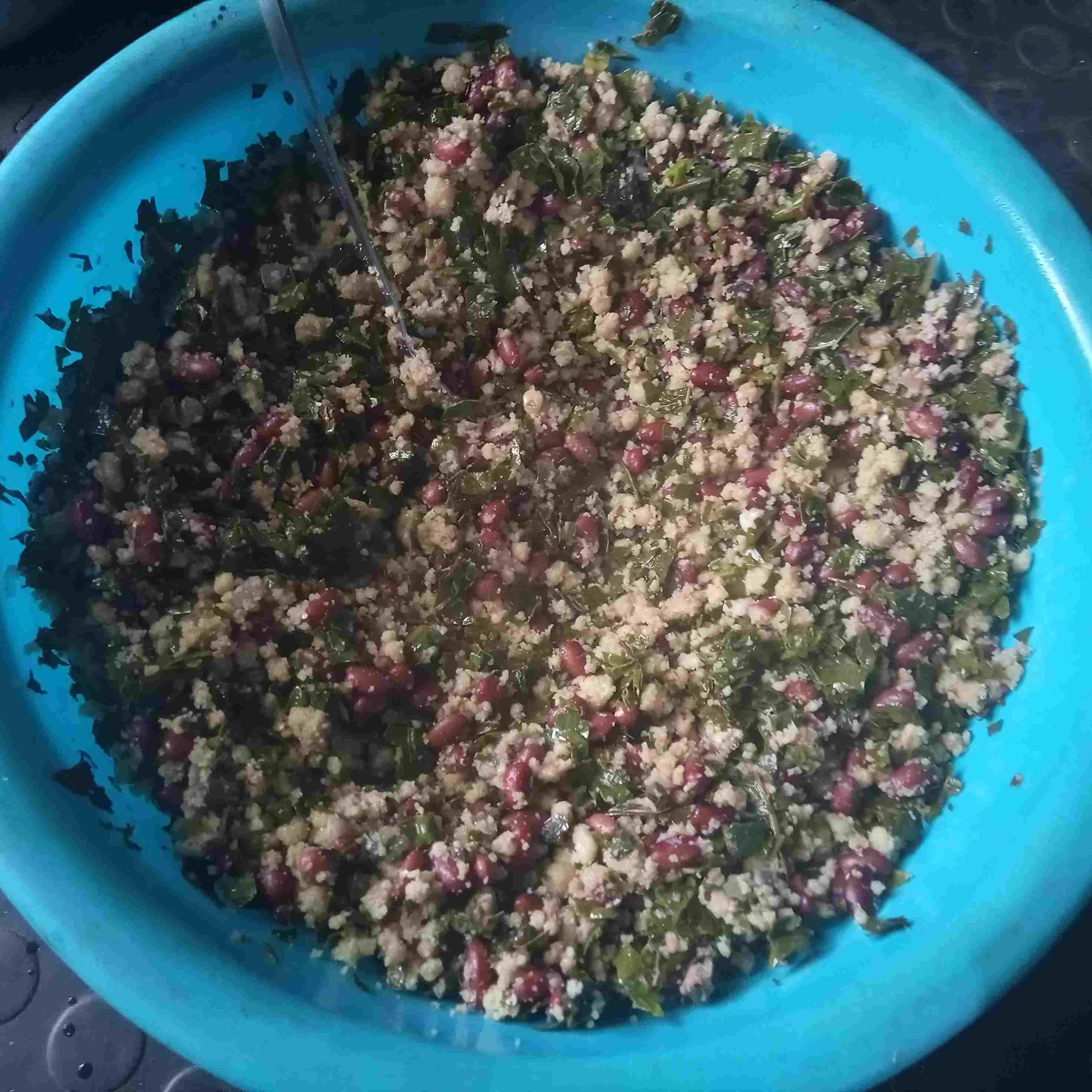
9. You are all done, serve and enjoy Fosese.
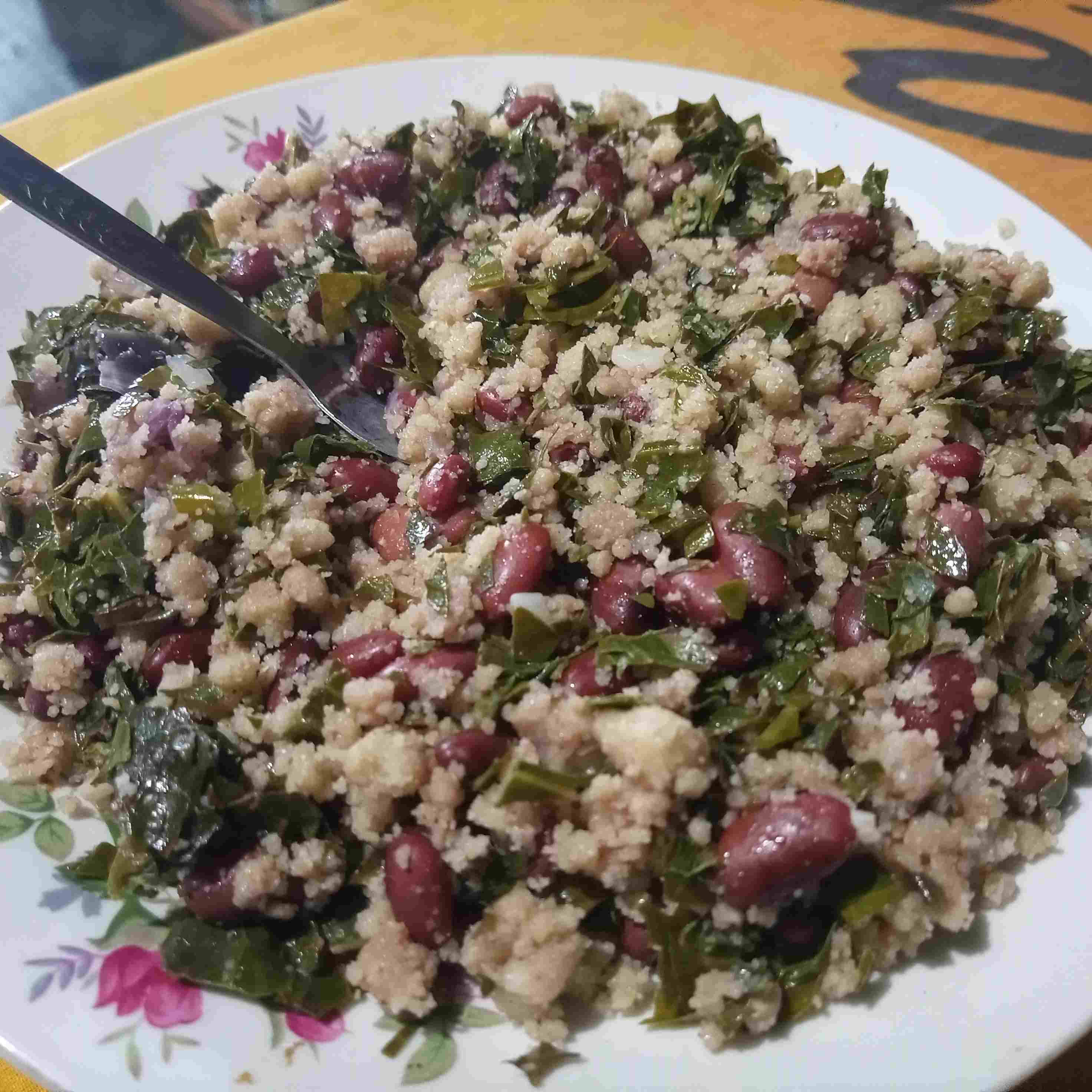
Leave your like and comment below, and share it too if you found it useful! Thank you for reading. . .
Related articles - Ethiopian Food: Top 9 Vegetarian Dishes You will Love - Bake injera the great Ethiopian way: Recipes and steps - Ethiopian Coffee Ceremony - How it is performed And Materials Used - Top 5 Ethiopian condiments that everyone loves: Ethiopian food